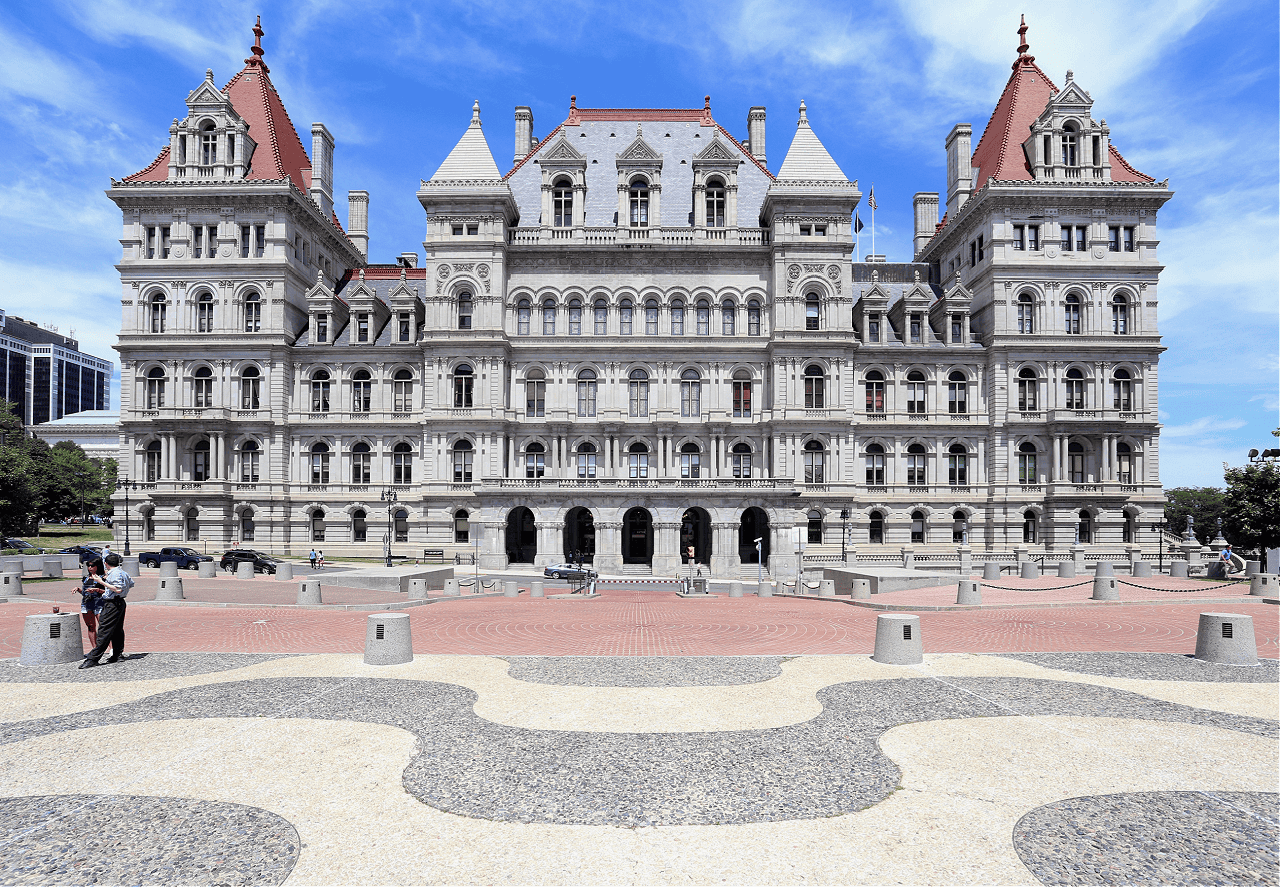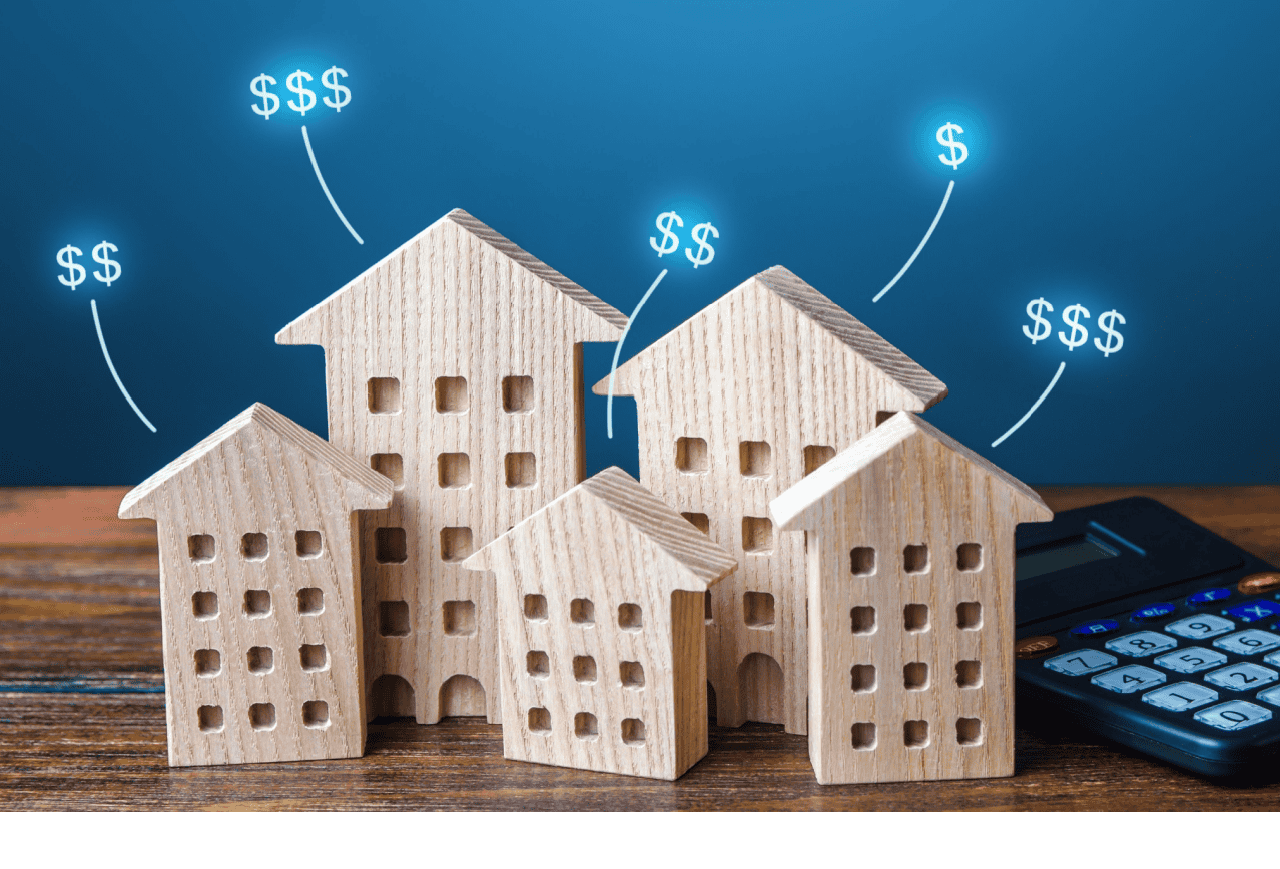Educating for Preparation: Equipping Residents with Emergency Response Plans
 Safety in your home – whether it’s a single-family, apartment or dorm. This issue hit home for me in the past week as one of my children attends UNC where there was an active shooter. I spent two hours on the phone with my brave little person as we walked through all of the preventative measures she has literally spent a childhood training for. She knew what to do, how to do it and how to judge it’s effectiveness. After the initial trauma response wore off and the tears dried, I started thinking about this concept in application to where and how I work.
Safety in your home – whether it’s a single-family, apartment or dorm. This issue hit home for me in the past week as one of my children attends UNC where there was an active shooter. I spent two hours on the phone with my brave little person as we walked through all of the preventative measures she has literally spent a childhood training for. She knew what to do, how to do it and how to judge it’s effectiveness. After the initial trauma response wore off and the tears dried, I started thinking about this concept in application to where and how I work.
We train our schools and our workplaces but I began thinking about whether we sufficiently train our residents. As stewards of the community, we can’t control the actual instance of safety, but we can control how we prevent, prepare and react to it.
So let’s walk through some basics that we, as an industry, have gotten very good about doing and some things we might want to look into improving upon.
- Lighting – is the community well lit, bulbs working and eliminating dark corners? Is the community being regularly checked/walked and residents encouraged to report items of concern? More important than just encouraging the report is the timely and effective response by the site team!
- Tree canopy – are the tree limbs lifted to allow the light through?
- Landscaping – are the lower levels cleared of brush to allow shins to show?
- Email and text communications – cover the bases of who, what, where, when and HOW!
These are just a few of the basics that we’ve all been well-conditioned to look for and maintain across our portfolios. But what else can we highlight?
- Partnerships with local 1st responders like the fire department, EMS, sheriffs and local police departments – during free time, resident events and emergencies.
- Emergency plans – do your residents know where to gather in case of a fire or flood? Do they know what to do in their home in case of an emergency or what to take outside with them?
- Safety drills – practice what you’re teaching your residents and ask your local 1st responders to help educate, demonstrate and celebrate with you – it’s a great community builder activity.
- Block leaders – designated residents who, when present during an emergency, can assist in the coordination of responses (an ancillary version of a courtesy officer).
- What types of situations to prepare for: Building/wild fire, severe weather (floods, hurricane, tornadoes), death of resident or staff, significant break-ins (car or unit), etc.
Paying Too Much For Insurance?
Get a FREE quote to insure your rental properties for less.















 Accessibility
Accessibility